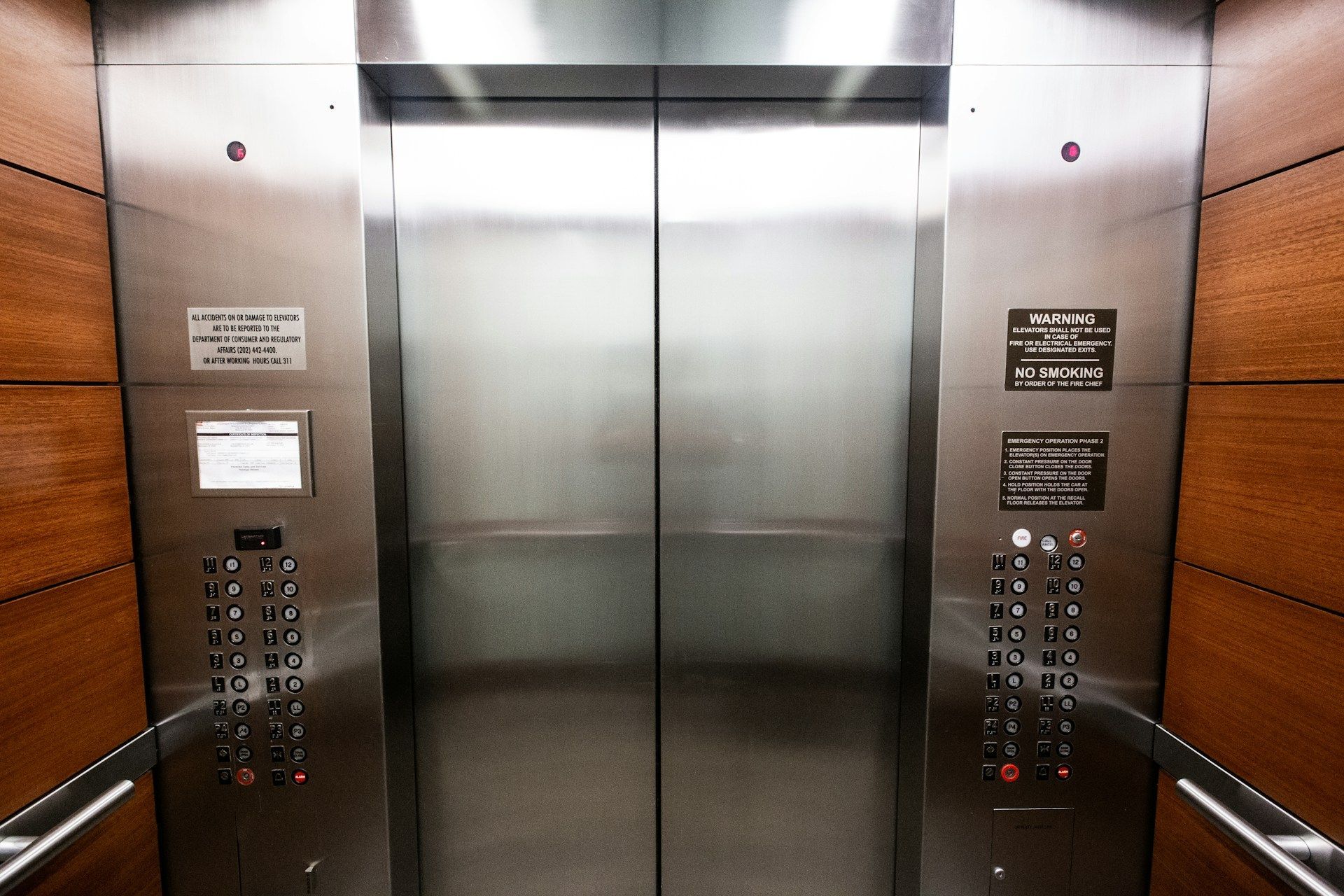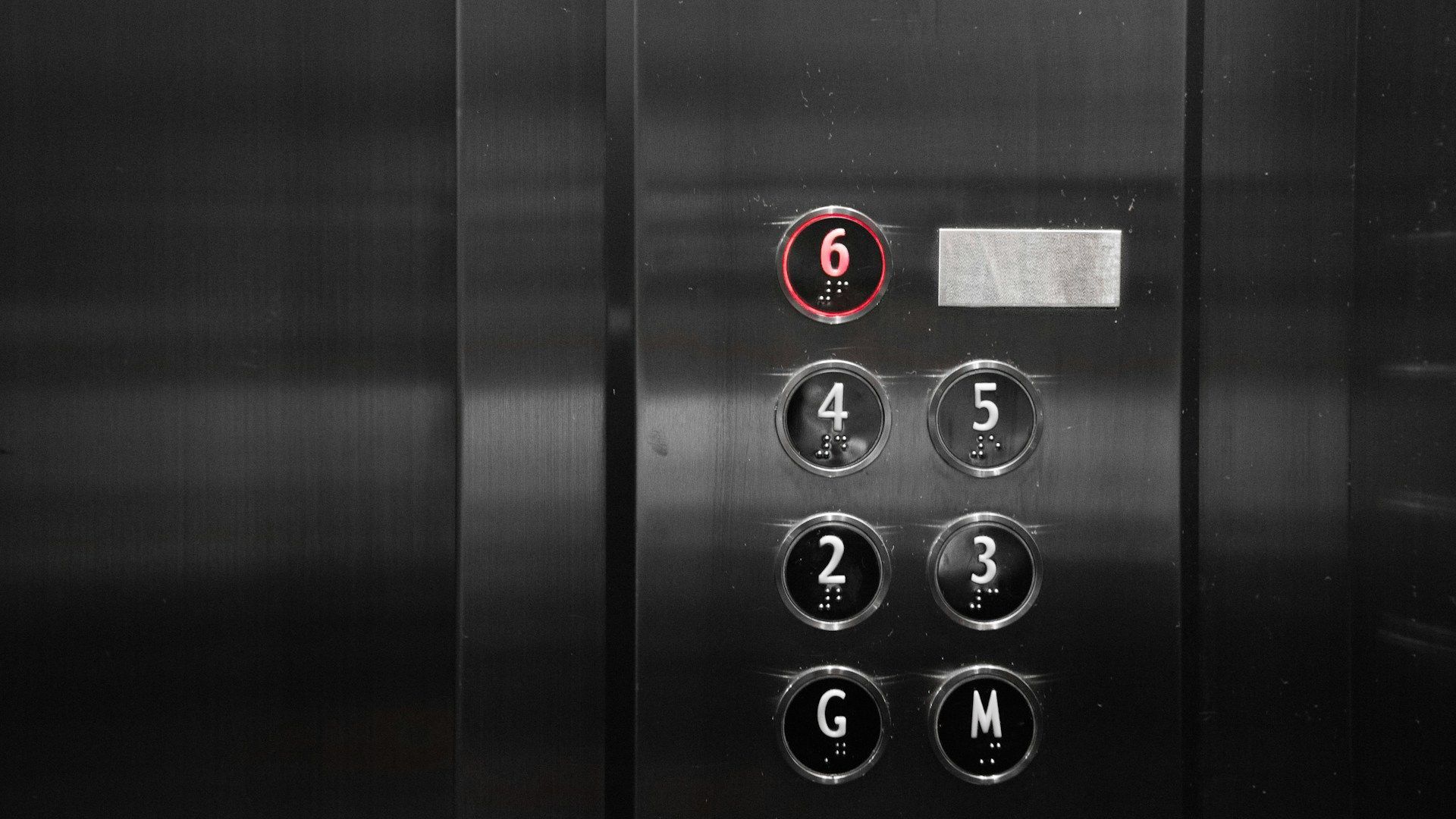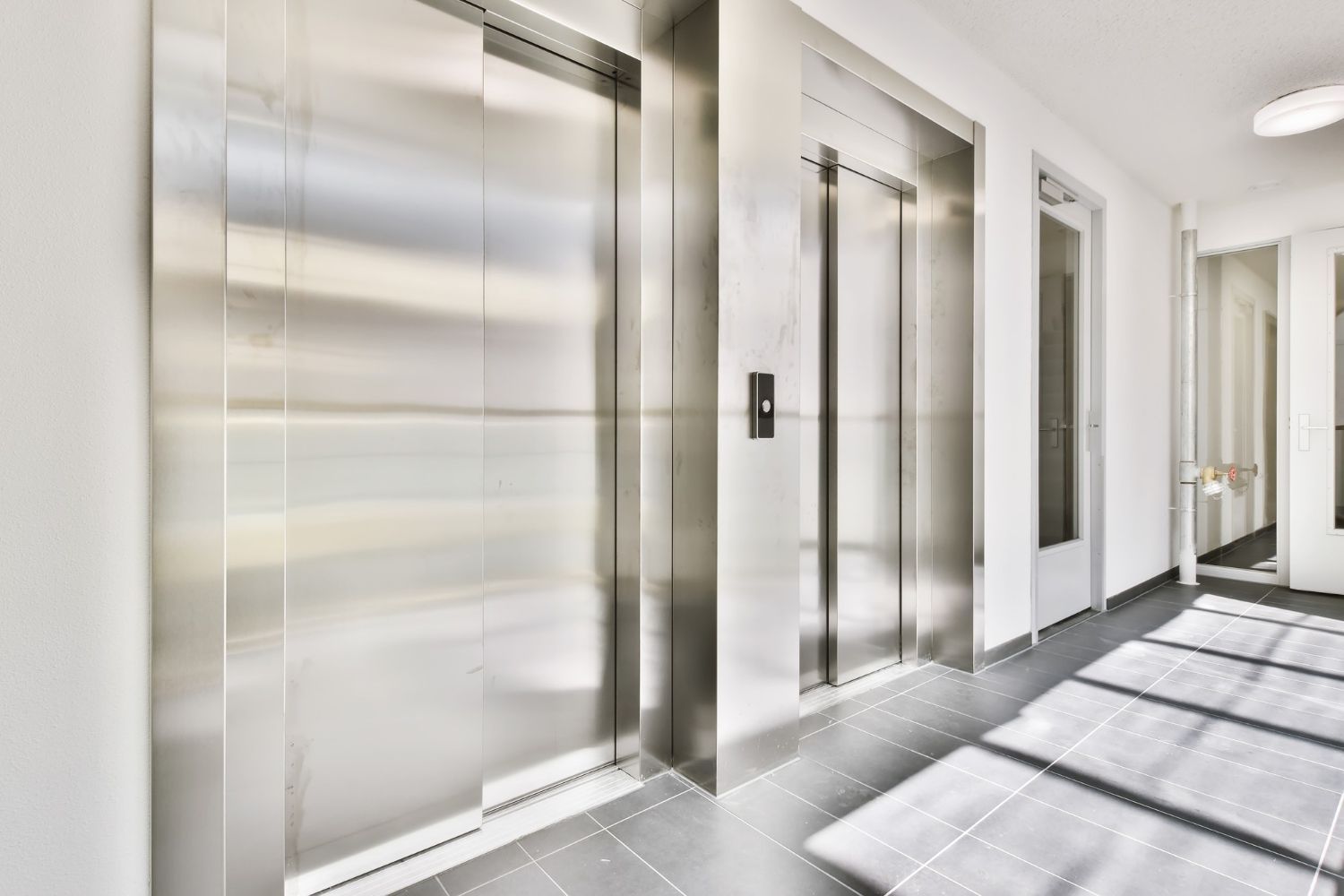How to Prevent Common Elevator Breakdowns
Elevator breakdowns can be frustrating for both building managers and occupants. An out-of-order elevator can cause delays and inconvenience, especially in tall buildings. Understanding why these breakdowns happen can help in preventing them, ensuring smooth rides every time.
Understanding Common Causes of Elevator Breakdowns
Elevator breakdowns often occur due to several common reasons. Understanding these causes helps in preventing them. One typical reason is mechanical wear and tear. Over time, the frequent opening and closing of doors, plus the constant movement of the elevator cab, can lead to worn-out parts. Issues with cables, brakes, and the motor drive system are frequent culprits. These parts endure a lot of stress daily, leading to malfunctions if not checked regularly.
Environmental factors also play a significant role in elevator performance. Dust, debris, or moisture can infiltrate the system, causing damage to sensitive components. For instance, in humid or wet environments, moisture can lead to rusting of metal parts or interfere with electrical systems. Moreover, buildings with high foot traffic see elevators undergoing more wear. This increased use means components can wear out faster than in less frequently used systems.
Lastly, outdated technology can negatively impact performance. Older elevators might lack advanced sensors and controls that prevent problems or manage loads efficiently. Systems that haven't been modernized may struggle with efficiency, leading to frequent breakdowns. Upgrading old systems can help counteract these issues by introducing new technologies that optimize elevator function and reliability.
Importance of Regular Maintenance Checks
Regular maintenance checks are vital in keeping elevators running smoothly. Without scheduled inspections, minor issues can escalate into significant problems, causing unexpected breakdowns. These checks ensure that every part of the elevator is functioning correctly, catching wear and tear before it leads to failures. Inspectors focus on crucial areas like cables, brakes, and electrical systems to spot potential issues early.
Key maintenance tasks include lubricating moving parts, checking the alignment of elevator doors, and verifying the accuracy of floor leveling. These tasks ensure the elevator operates efficiently and safely. For example, lubricating reduces friction between moving parts, preventing unnecessary wear. Checking door alignment ensures they open and close smoothly, avoiding jams that could halt operations.
Regular checks not only enhance performance but also extend the life of the elevator system. Maintaining components avoids costly repairs down the line and delays the need for complete overhauls. When elevators run well over time, it benefits both building owners and tenants, reducing downtime and keeping everything moving seamlessly. Implementing a robust maintenance schedule is a wise investment that pays off in prolonged reliability and safety.
Upgrading Elevator Components for Better Performance
Modernizing elevator components is crucial to enhancing their reliability and efficiency. As technology advances, older elevators benefit from upgrades that bring them up to speed with modern standards. Important components to upgrade include the control system, door mechanisms, and the drive system. Advanced control systems improve handling of floor requests, queue management, and ride comfort. Upgrading door mechanisms ensures smoother operations, reducing jams and wear.
Technological upgrades like adding energy-efficient motors and LED lighting not only save on energy costs but also enhance overall performance. Smart sensors detect when the elevator is underused, allowing it to switch to a standby mode, conserving energy. Implementing predictive maintenance technology, which uses data to foresee problems before they occur, is another effective upgrade. This technology helps anticipate wear and plan proactive maintenance.
Examples of successful upgrades show noticeable results. For instance, upgrading an outdated motor drive with a variable frequency drive system can offer smoother acceleration and deceleration. This transition not only reduces noise and wear but also enhances the passenger experience by smoothing out the ride. Modernizing these components will keep elevators performing efficiently and reliably in the long run.
Training Building Staff for Quick Troubleshooting
Equipping building staff with basic troubleshooting skills ensures quick responses to minor elevator problems. This capability helps minimize downtime and maintain service levels. By understanding simple diagnostic steps, staff can address common issues without calling for immediate professional intervention, saving time and resources.
There are several common issues that building staff can resolve. Resetting the elevator system by cycling the power can solve many minor glitches. Addressing unresponsive control panels or phone systems often involves checking for loose connections. Ensuring that the elevator’s path is clear of obstructions prevents unnecessary shutdowns. Also, training staff to listen for unusual sounds can help identify issues like motor problems early on.
To enhance their skills, staff can attend workshops or consult resources specifically designed for elevator systems. Many training programs offer modules on basic maintenance and troubleshooting, providing hands-on experience. By investing in staff training, building operators not only improve their response times but also foster a safer environment for all elevator users.
Conclusion: Keeping Elevators Running Smoothly
Preventing elevator breakdowns is a multi-faceted approach that incorporates understanding common problems, maintaining regular checks, upgrading components, and empowering staff with troubleshooting skills. These strategies not only keep elevators operating smoothly but also enhance safety and efficiency. With these measures in place, building managers can avoid the disruptions caused by unexpected breakdowns and ensure reliable service.
Elevator Solutions Inc. is committed to providing top-notch
elevator repair services that make buildings more efficient and sustainable. Reach out to us today to learn how our expert solutions can help you prevent common elevator breakdowns and keep your building moving without a hitch.



